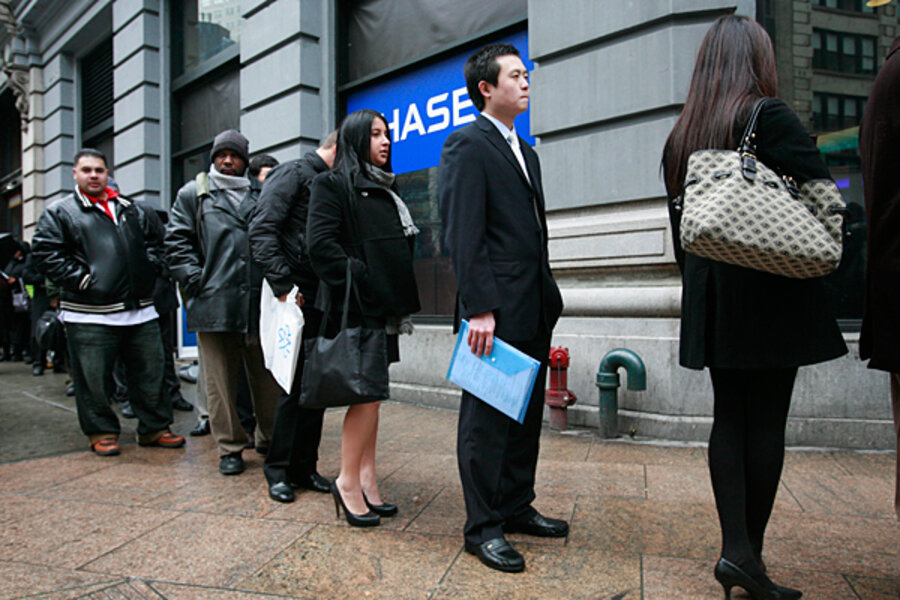Who's poor in America? US tweaks how it defines poverty.
Loading...
For the first time in nearly 45 years, the US is changing the way it defines poverty.
The Obama administration announced Tuesday a new formula that will take into account a wider range of factors in determining who is poor. The Supplemental Poverty Measure will provide a more accurate portrait, the administration says, of how many Americans are struggling financially, though it will not entirely replace the existing poverty measure in use since the mid-1960s.
The new measure is expected to show that the poverty rate in America is higher than the number produced under the existing formula. (The Monitor explained why this is so in an earlier story, found here.)
“At first blush, this is going to change our estimates of who is poor,” says Vanessa Wight, a demographer at the National Center for Children in Poverty, a public policy center at Columbia University in New York. “We’re going to see a more accurate measure, based on what it really takes to get by in America.”
Modern expenses factored in
In addition to simply calculating a family’s income and cost of food, as the current formula does, the new measure will take into account modern expenses and in-kind benefits. Among those modern expenses: the higher cost of healthcare, childcare, housing, and utilities, “plus a little more,” a “new category for other expenses that provides a little extra padding,” says Ms. Wight.
The new formula will also adjust for geographic location, acknowledging that $1,000 in New York doesn't have the same purchasing power as $1,000 in, say, Des Moines, Iowa. It will also take into account government benefits like food stamps, housing subsidies, and tax credits.
“The new supplemental poverty measure will provide an alternative lens to understand poverty,” said Rebecca Blank, the Commerce Department’s undersecretary for economic affairs, in a statement. The Commerce Department adapted recommendations made by the National Academy of the Sciences in developing the new measure.
Experts say it’s a giant step forward from the old poverty threshold, which is based on a 1955 cost of an emergency food diet and does not factor in medical care, transportation, child care, or geographical variations in cost of living. The old poverty threshold is about $22,050 in annual income for a family of four.
“You can’t really get by on the [old] threshold,” says Wight. “People have long criticized this measure as being inadequate for calculating poverty. It really costs about twice the poverty threshold for families to make ends meet.”
A higher poverty rate expected
Experts expect the new poverty measure will increase the percentage of people classified as poor, especially among elderly Americans. Poverty rates will probably increase from 13.2 percent, or 39.8 million people, to 15.8 percent, or 47.4 million, reports the Associated Press. (Read here about the recession's effect on the poverty rate.) The new measure may bring about a more dramatic change in the senior citizen poverty rate because of rising medical expenses, says Wight.
The Supplemental Poverty Measure, which will be used in fall 2010 in a Census Bureau report, will not completely replace the old measure. It will be used to calculate an alternative poverty rate, but the new formula will not be used to determine eligibility for government programs.
“This is just a first step,” says Wight. “The new poverty measure will not affect how eligibility for funds are determined. That’s the next step, the direction we need to be moving.”





